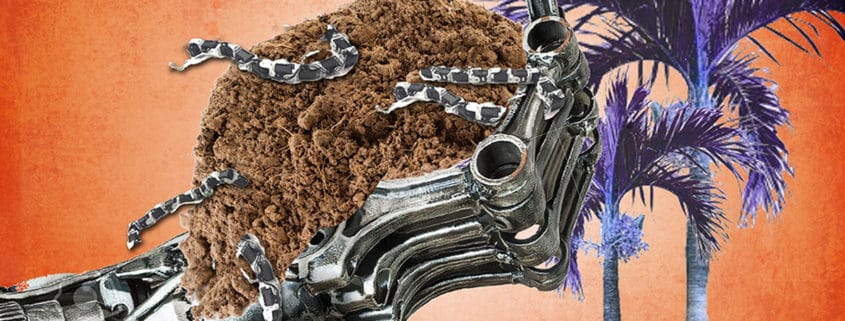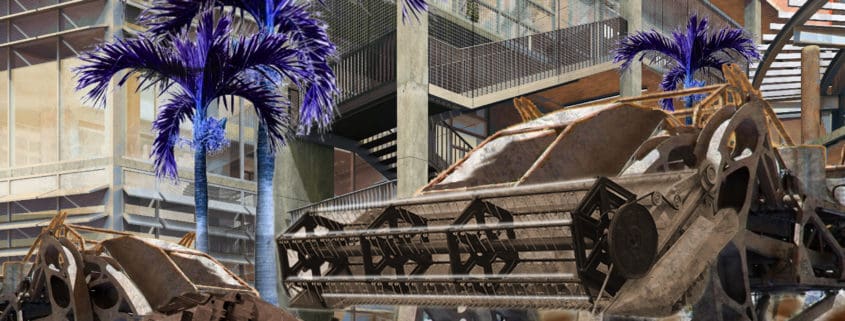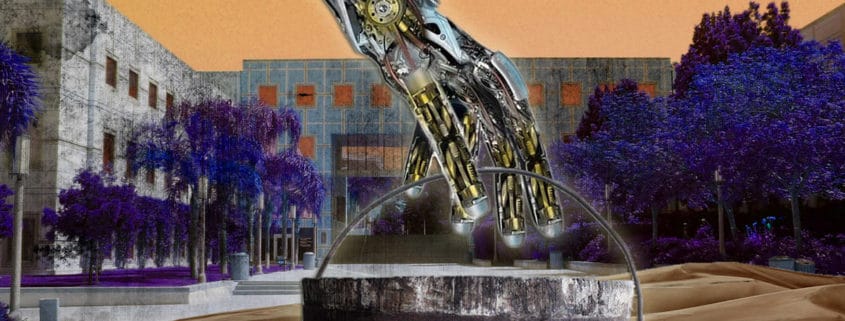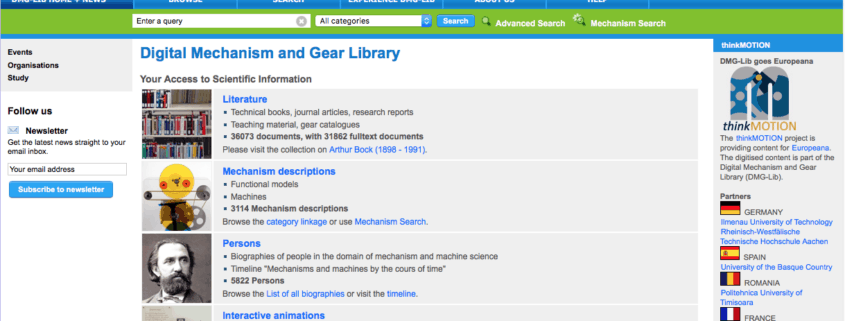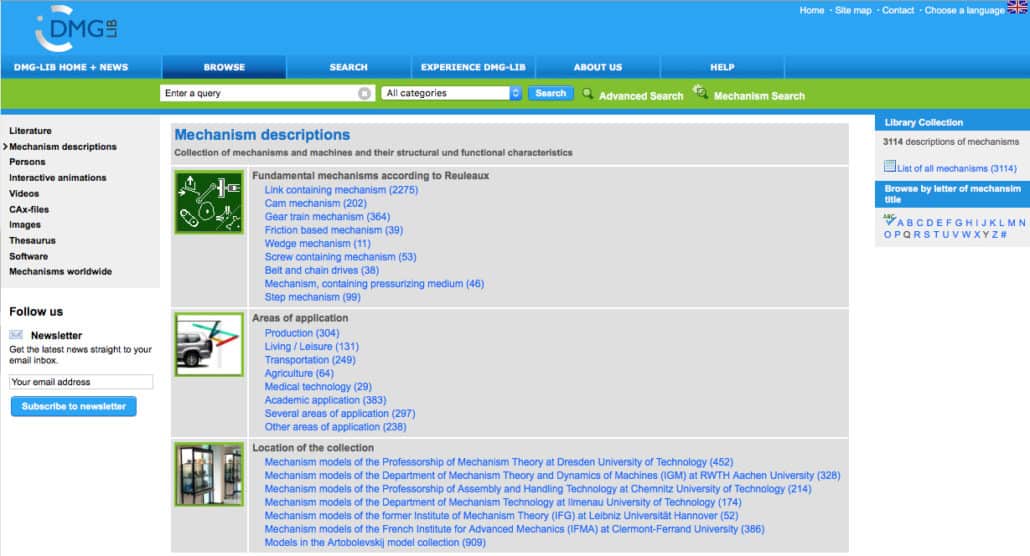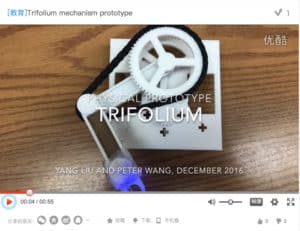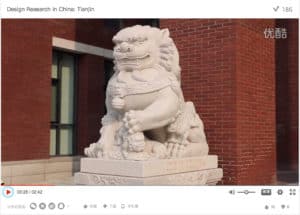Chop Wood Carry Water S1:E4
I waited, expectantly. Kelvin had told me many stories about his childhood in Jamaica, but only a few times had he mentioned the mysterious Amoya Zidane.
“First time yeye ever mek four wit her…” his voice was soft, and I could tell how tired he was by how impenetrable his patois was becoming. Even with all my linguistic prowess, there were certain depths I would never reach.
“Her sittin a crux a tree in da graveyard at da ver end a Collie Smit. Right cross da row dere, twenty feet inna air, tappin dis biiiiiig stick. And I got so surprise…”
Before he could finish the sentence, he was asleep. Kelvin had lived so long, and adapted to so many physiological modifications, that his sleep patterns had also evolved. He stayed awake until he fell asleep, then slept for as long as he slept until he awoke again. It was likely attributable to the fact that for the last three and a half years, he had not had contact with another human being. “Well, no need to keep up appearances,” he would say.
While he slept, I went back to work. I decided to focus on a more recent task I’d been assigned by SWSL OpDirec, this one unknown to Kelvin. It had nothing to do with the optimization of energy use in the SunWindSea linkage, which was now, in my seventh term, ostensibly my main function on DT12. This new task was the organization of all the data, received knowledge, and impressions – sorted and unsorted – recorded in my architecture regarding Kelvin Joule. Truth be told, it was also my favorite task.
I wanted to be prepared, once he awoke, to ask some good questions, so that he would forget, as he sometimes did these days, that I was not human. So, I decided to concentrate on all the impressions I had taken in, over the course of our acquaintance, regarding Amoya Zidane.
This, then, is a partial history of Kelvin Joule.
Kelvin was born on July 7, 1977, in the St. Andrew parish of Kingston, Jamaica, in a small, impoverished neighborhood called Trenchtown. It became famous as the birthplace of legendary musician Bob Marley, but at that moment in world history, it was a mostly unknown realm of grinding poverty and political violence, but as Kelvin always pointed out, also great familial love, pride, and life-long friendship. Not to mention, the best music.
He was born on the veranda of his aunt’s small home. “It was small, just one room. I think she used the veranda as the kitchen, ” he said in an interview with Scientific American magazine in 2007, just after his 30th birthday. “Zinc rooftop, wood and plastered brick, like most of the ‘segments’ in the government yard, or ‘twelve-shillin-a-monts,’ we used to call them back in the day. Still, we were better off than most.”
According to Kelvin’s aunt, the moment after Kelvin was born, before the midwife had even severed the umbilical cord, a strange woman had appeared. She was standing out on 7th Street, peering over the plywood shanty wall, hair in big thick ropes tied with brightly colored string. Her mother was so tired from labor that she simply stared back at her, holding infant Kelvin in her arms. The woman said not to be worried, she was an ‘Asantenibaa healer,’ and the great-great-great grand-daughter of Nanny of the Maroons. She didn’t say anything else, just threw something over the fence, and walked away.
On his fifth birthday, his mother told him the story, and gave him the object the woman had thrown into the yard. It was a small, polished, tiger’s eye sapphire, and it became his most treasured possession. Kelvin’s mother died less than one year later, so he was never able to corroborate it for certain, but he believed that woman was Amoya Zidane. She became infamous in St. Anne’s parish over the next few decades as word spread that she was an “Obeah witch,” whose curses had reputedly brought about the death of some high-ranking members of the Jamaican Labor Party.
As he had started to say before falling asleep, Kelvin’s first encounter with Amoya Zidane was when he was seven years old. She was, at that time, already presumed to be very old, but no one was sure how old that was. She didn’t seem to have a fixed place of residence, and was always being spotted in different parts of the island, occasionally at the same time. He had told me parts of the story of this initial meeting a few times, but each time there would be some new wrinkle that hadn’t featured in it before.
By this age, Kelvin had already developed an interest in small creatures and insects and things and how they operated, and he would cut them open and spend hours investigating. Realizing he couldn’t see much, he decided to make his own rudimentary microscope, so was always on the hunt for small pieces of usable glass, in the street, in the trash, anywhere.
That particular morning, it had been raining without letup for three days, so when the sun finally came out, he joined some neighborhood boys playing football on 3rd Street. But he caught sight of something moving past them in the swollen waters of the open storm drain which ran through the heart of Trenchtown, right down the middle of Collie Smith Drive. He took off after it. As he ran along, he could see it was a large, unbroken, calabash-shaped bottle of clear, blown glass. But a second realization struck him at the same moment. He was going to have to get it before the drain went under Spanish Town Road, or he’d have to chase it into May Pen cemetery and get out before it dove underground in there. At the time, 7 years of age, the one thing Kelvin was terrified of was duppies, the evil ghosts who lived in the boneyard. So, he ran as fast as he could.
The storm water was moving so fast that by the time he made his move, he didn’t even know where he was. He didn’t care, he needed that glass. He leapt in, and as he got hold of the prize, he, and it, were sucked into the culvert running under Spanish Town Road. He came out on the other side, tumbling and struggling, and managed to get hold of a massive branch the heavy rains had broken and knocked in. He climbed out, sat down, and marveled at his trophy.
I realized that before he fell asleep, Kelvin seemed to be saying that Amoya Zidane was sitting in a tree right at the end of Collie Smith Road. But that didn’t jibe exactly with my current accepted consensus version, in which he was clearly some distance into the graveyard by the time he emerged from the storm drain.
I was so caught up, reviewing comparisons, and Kelvin was so deep in his slumbers, that
neither of us even heard the explosion…
Copyright 2017 R. W. Frost and Mechanical Design 101
Graphics: Sara McCarthy Designs 2017


